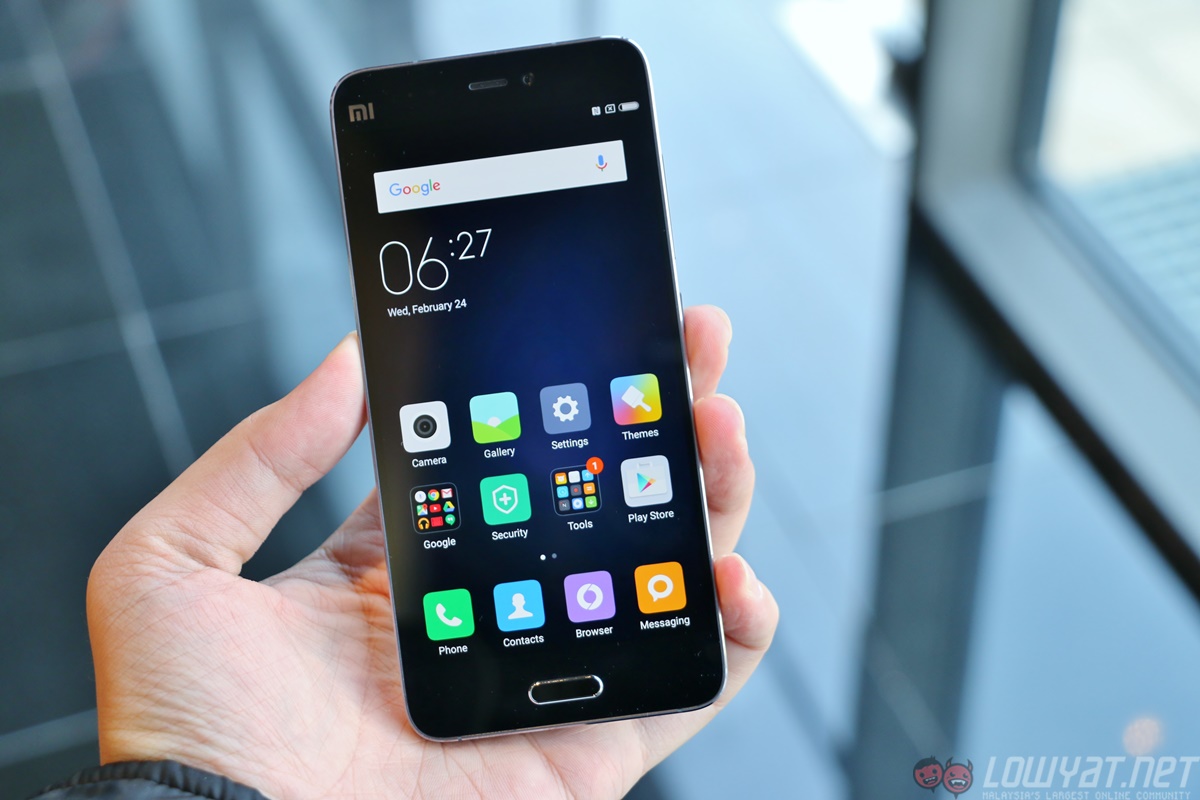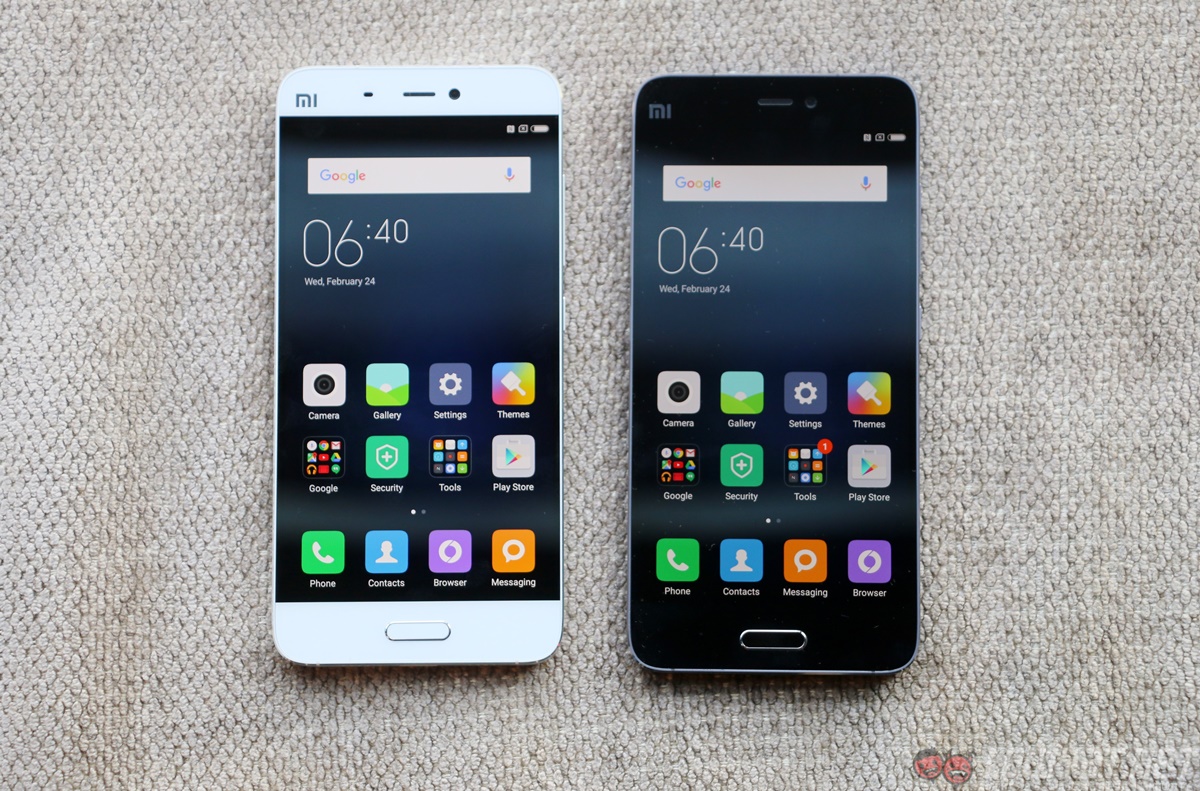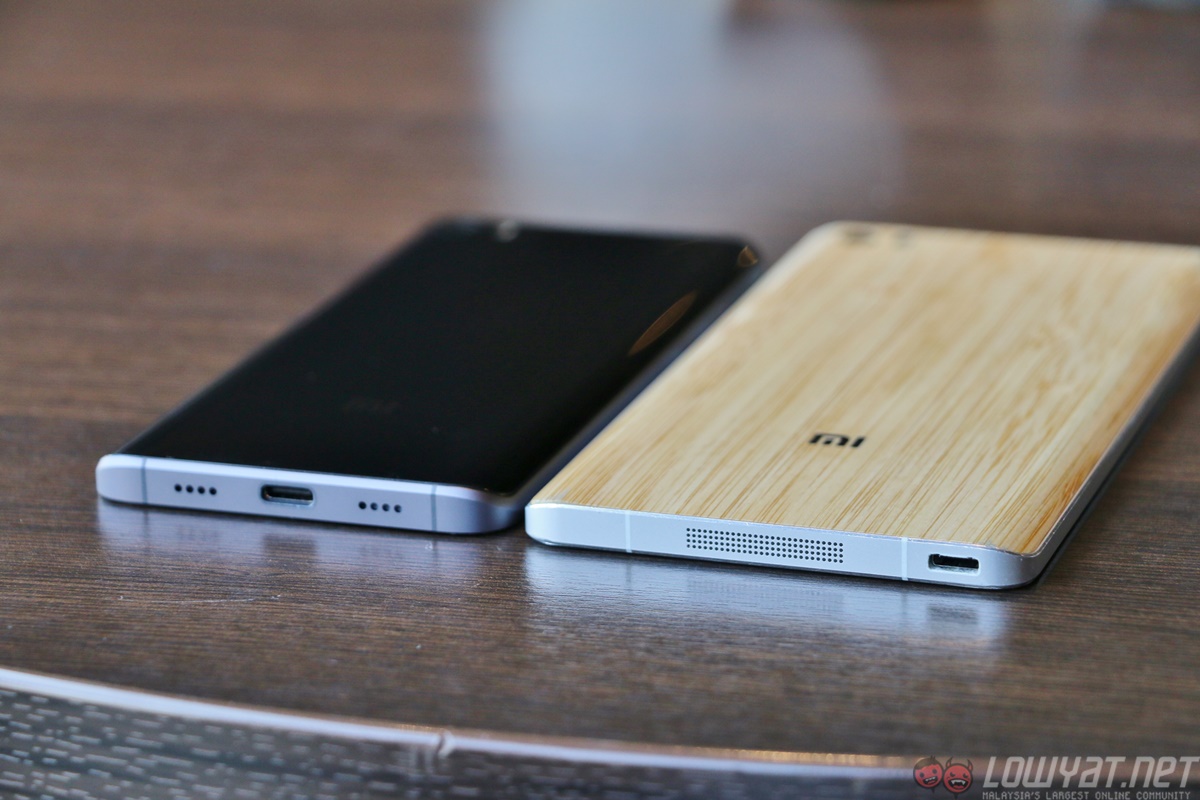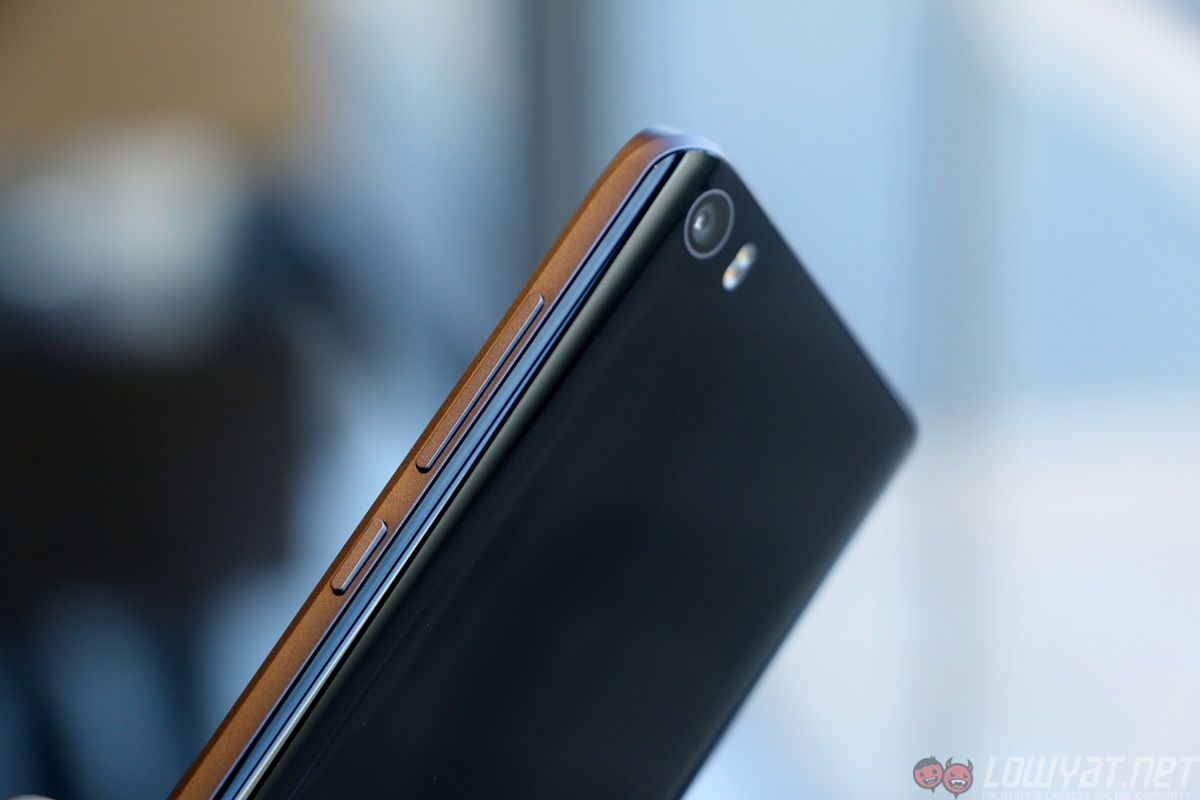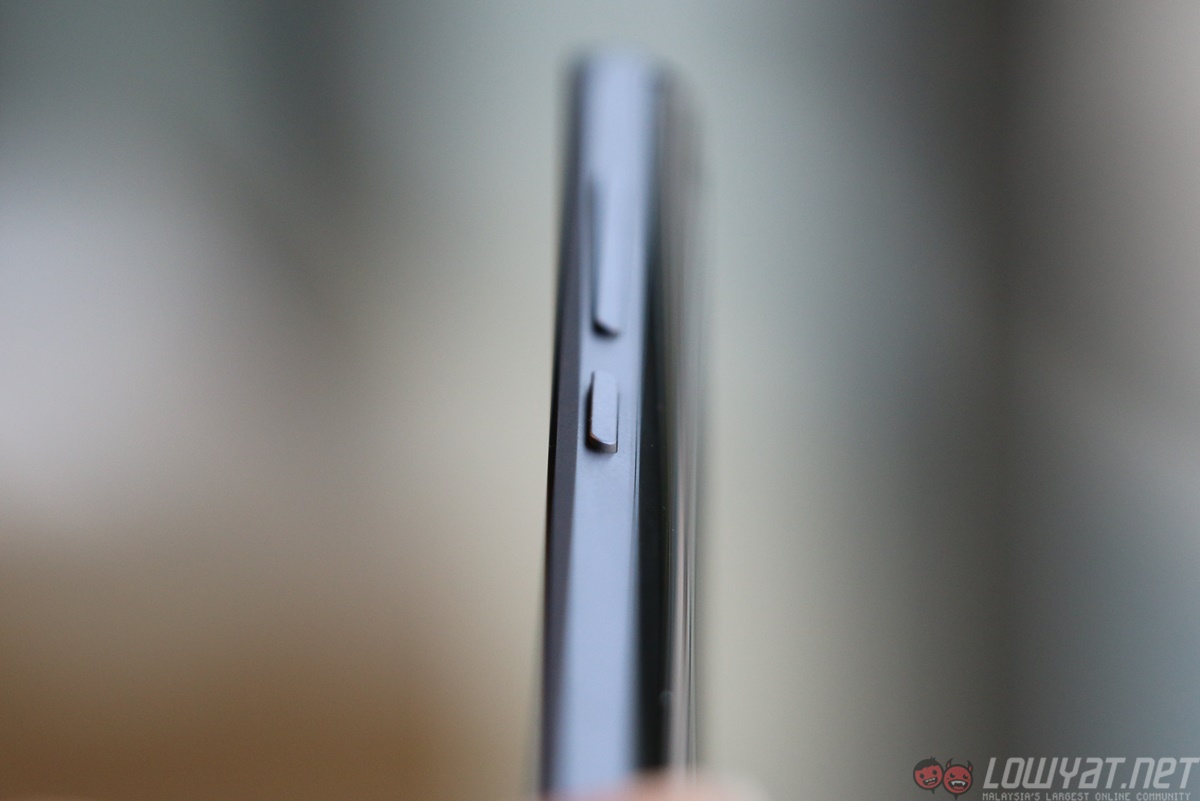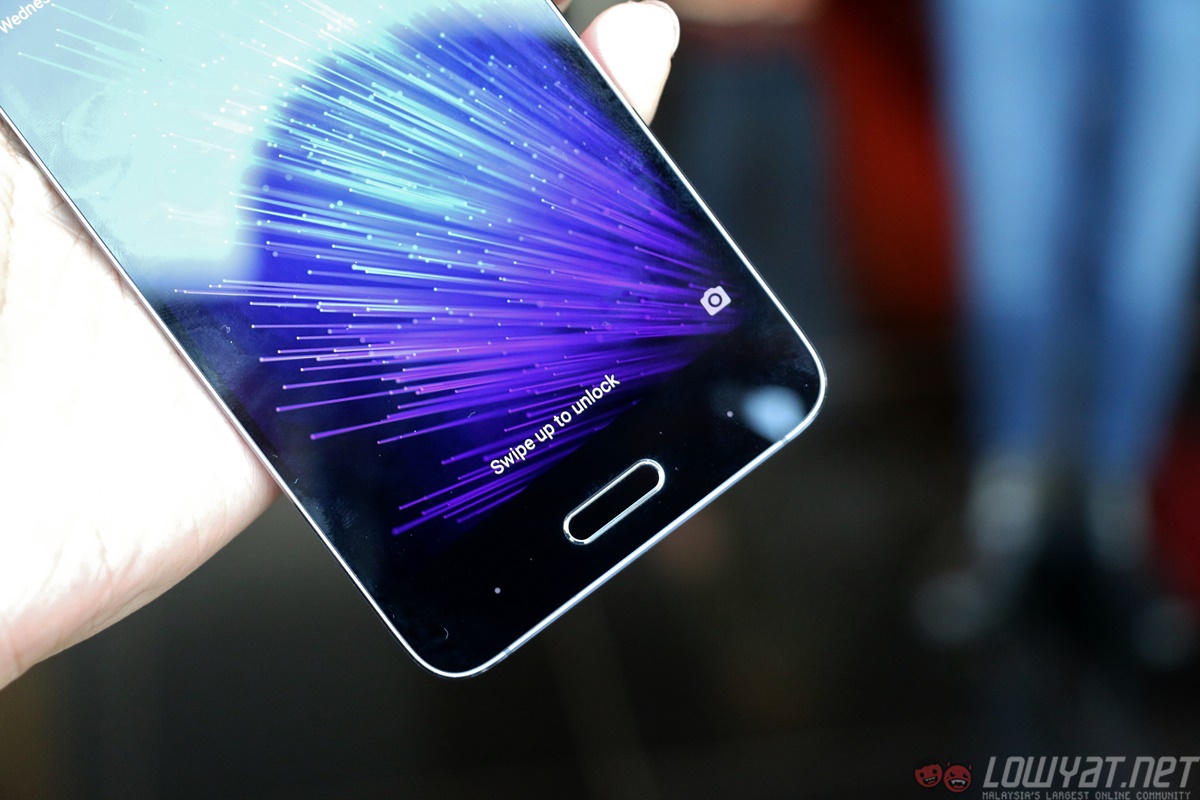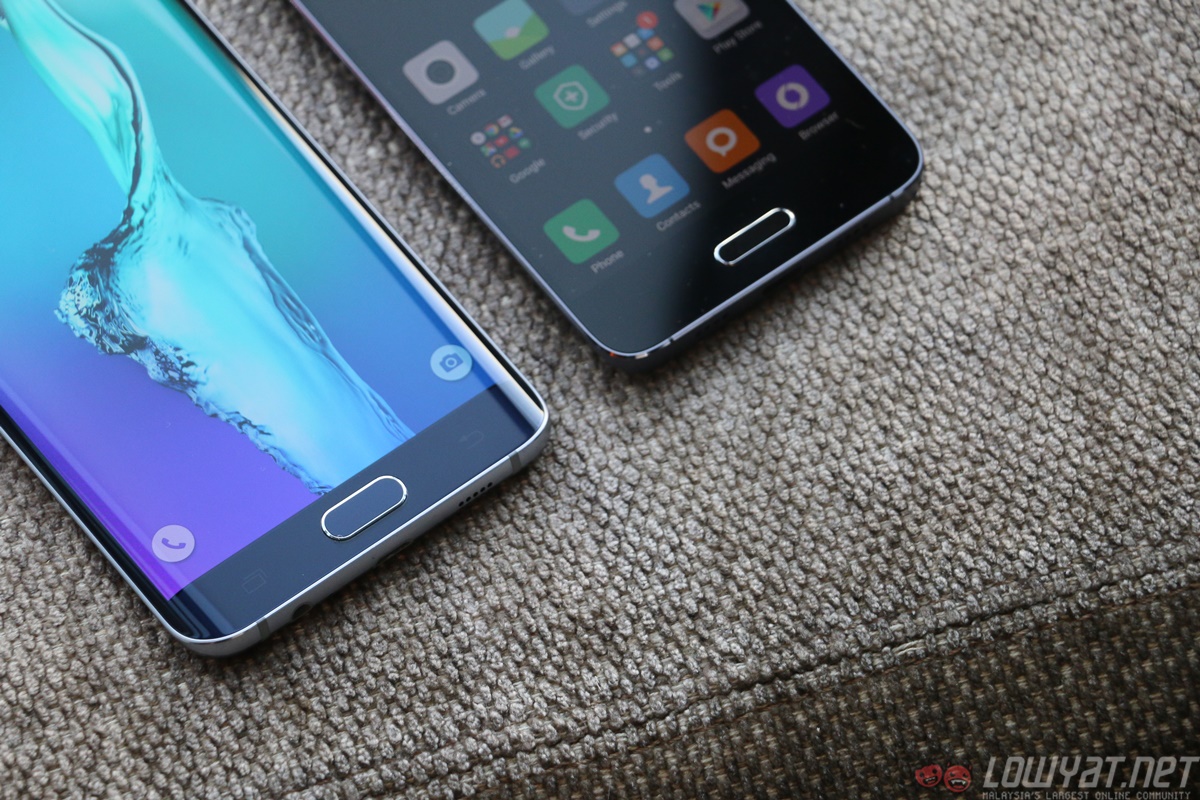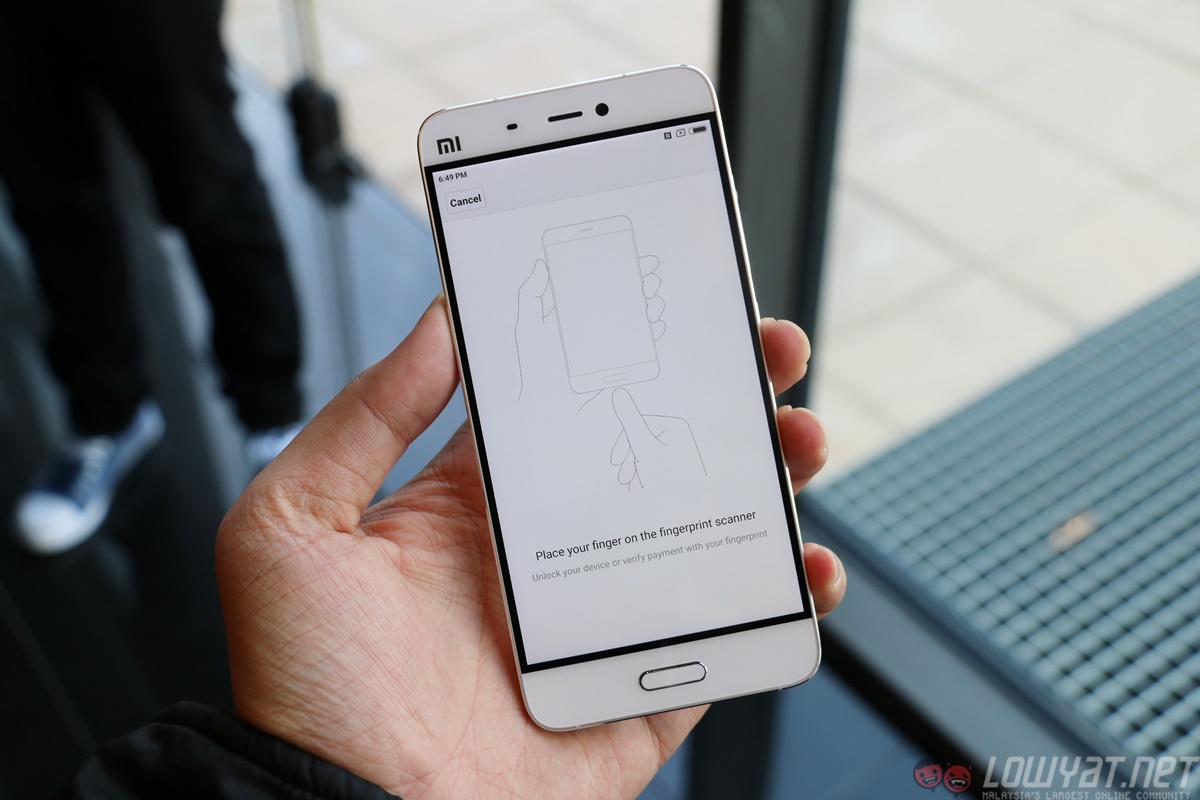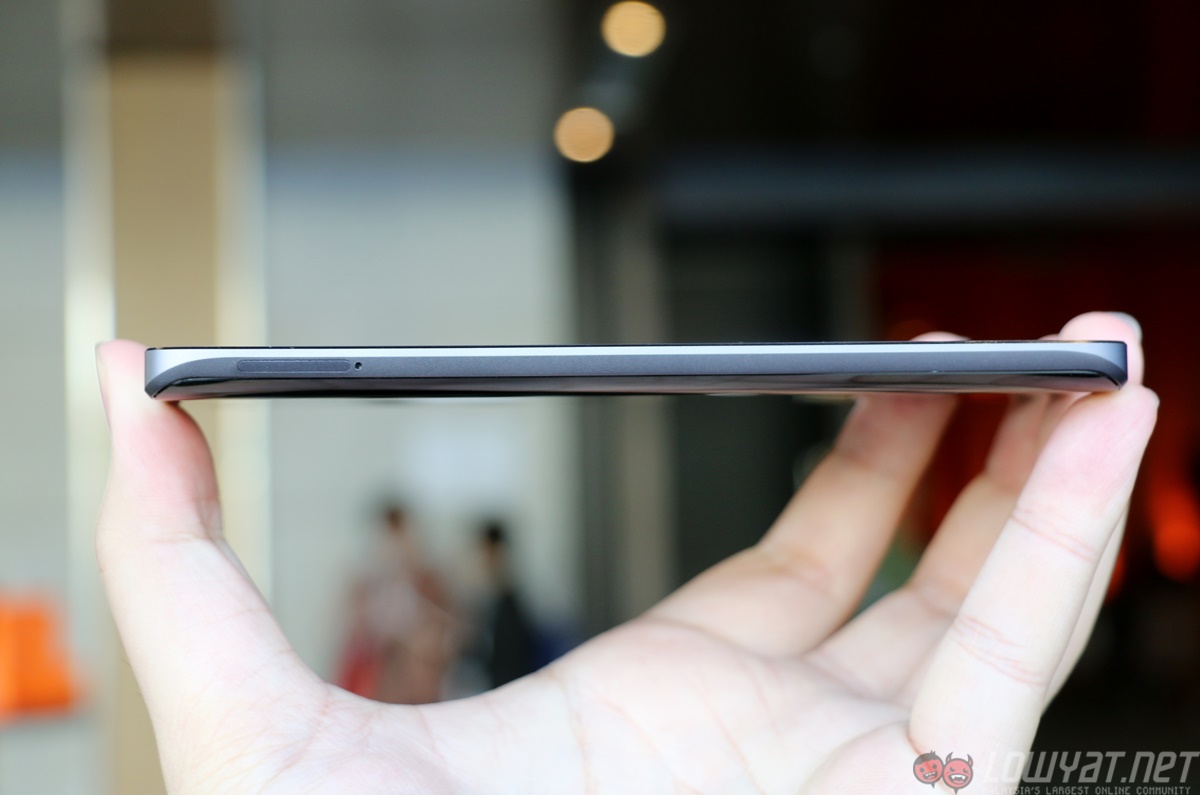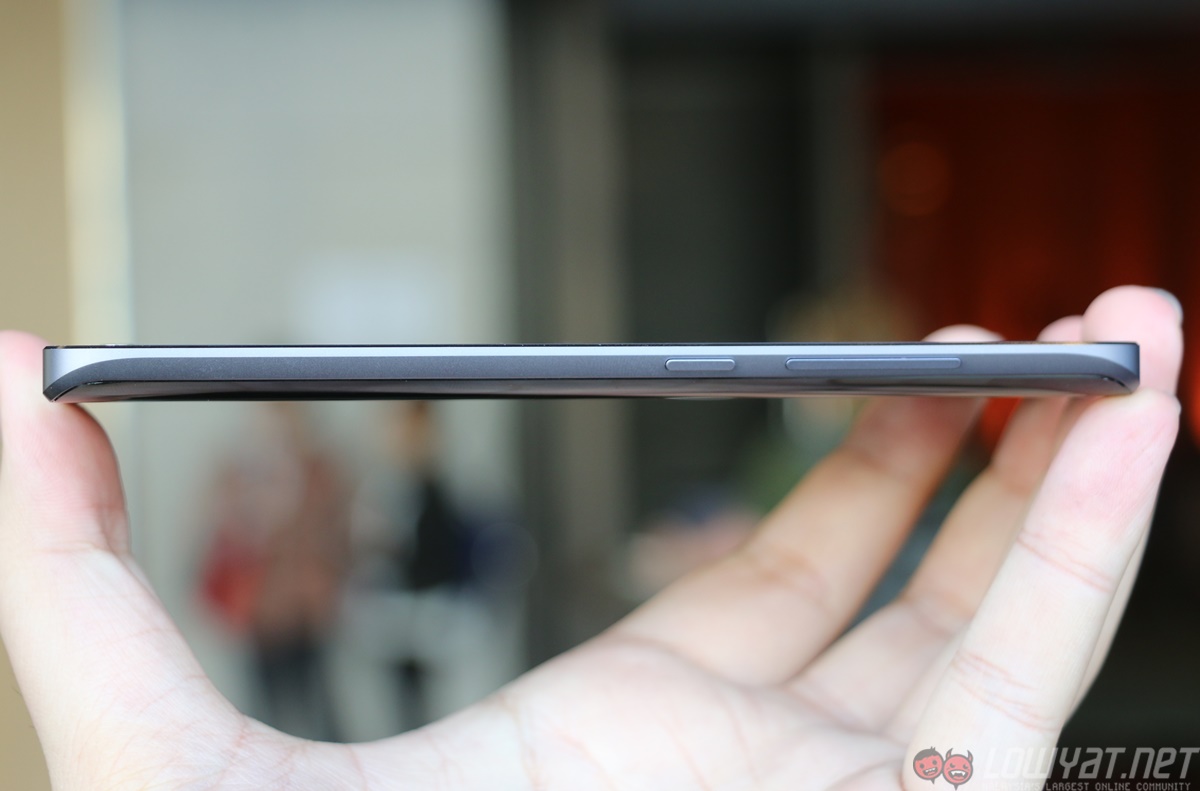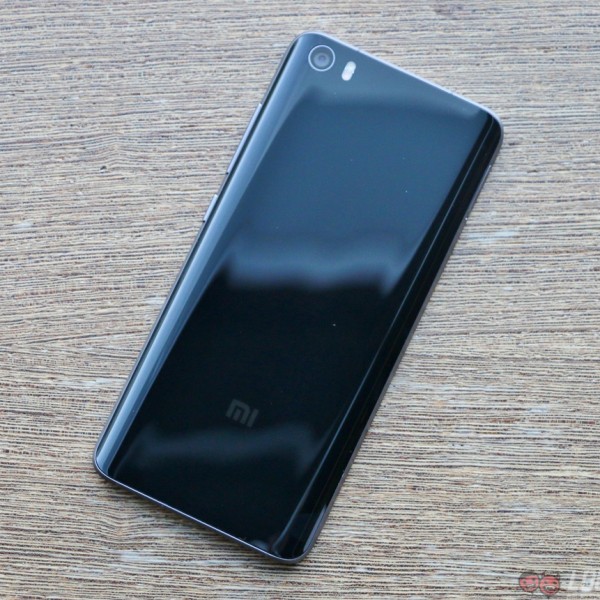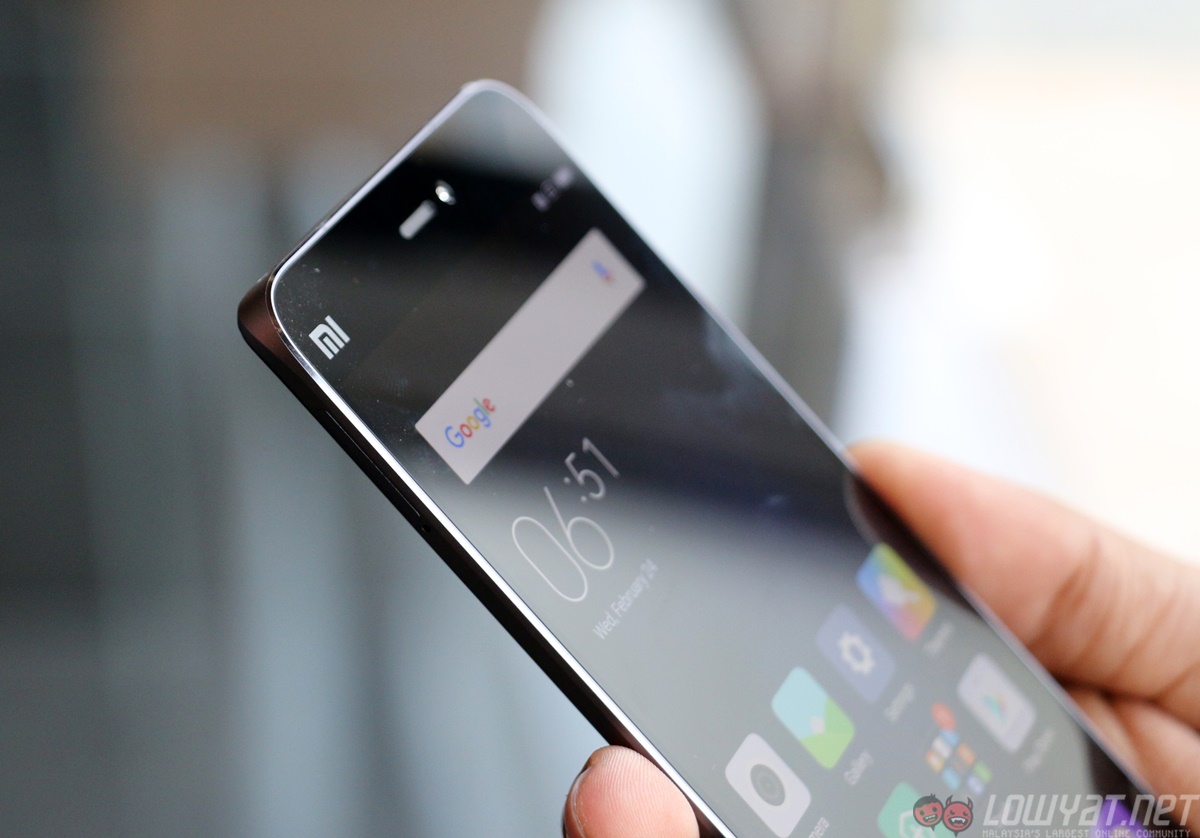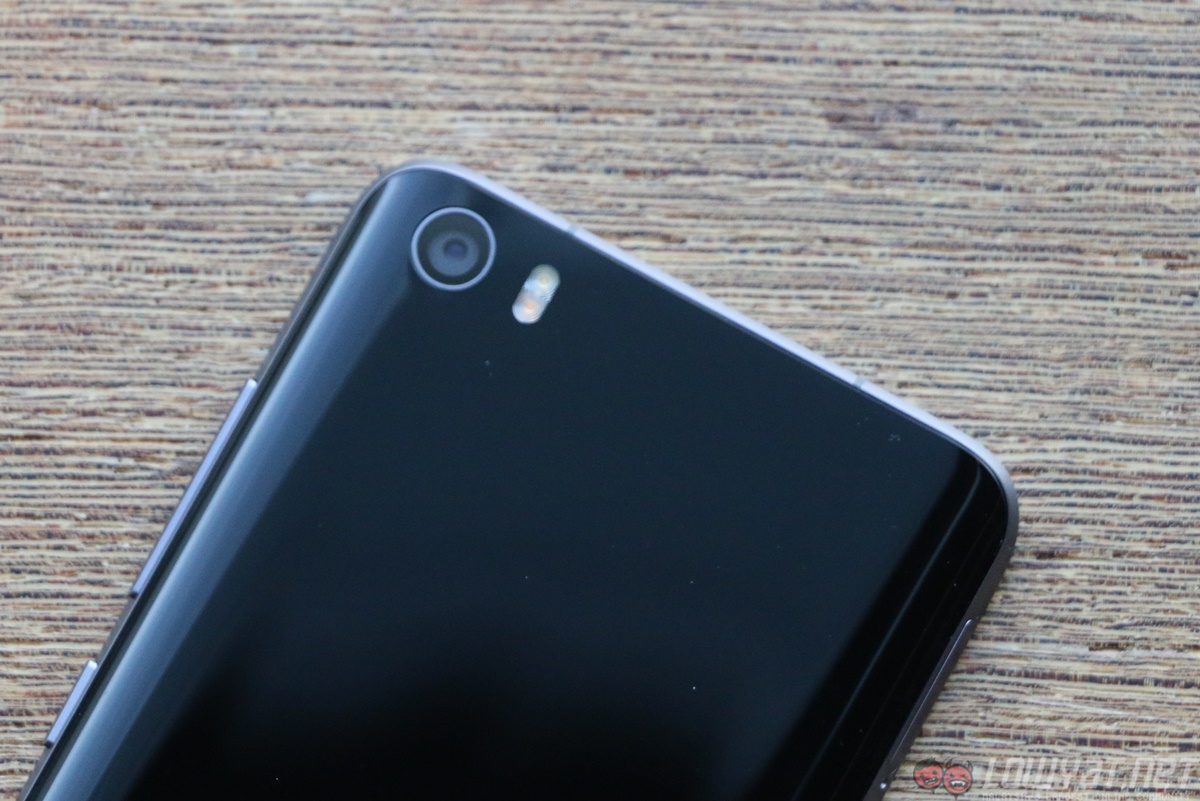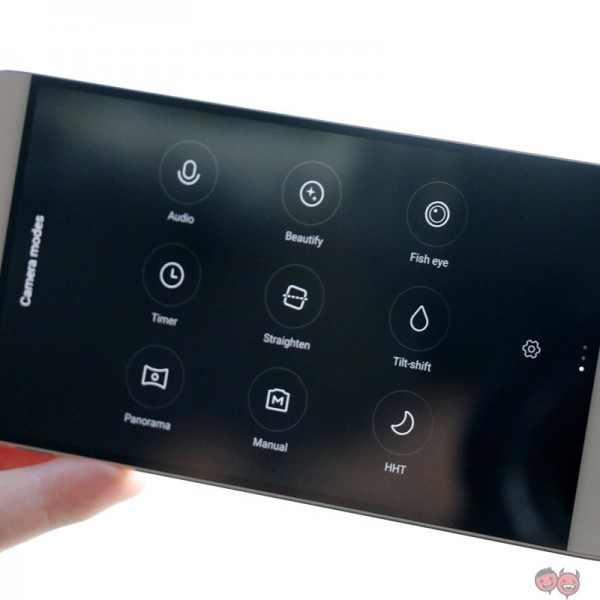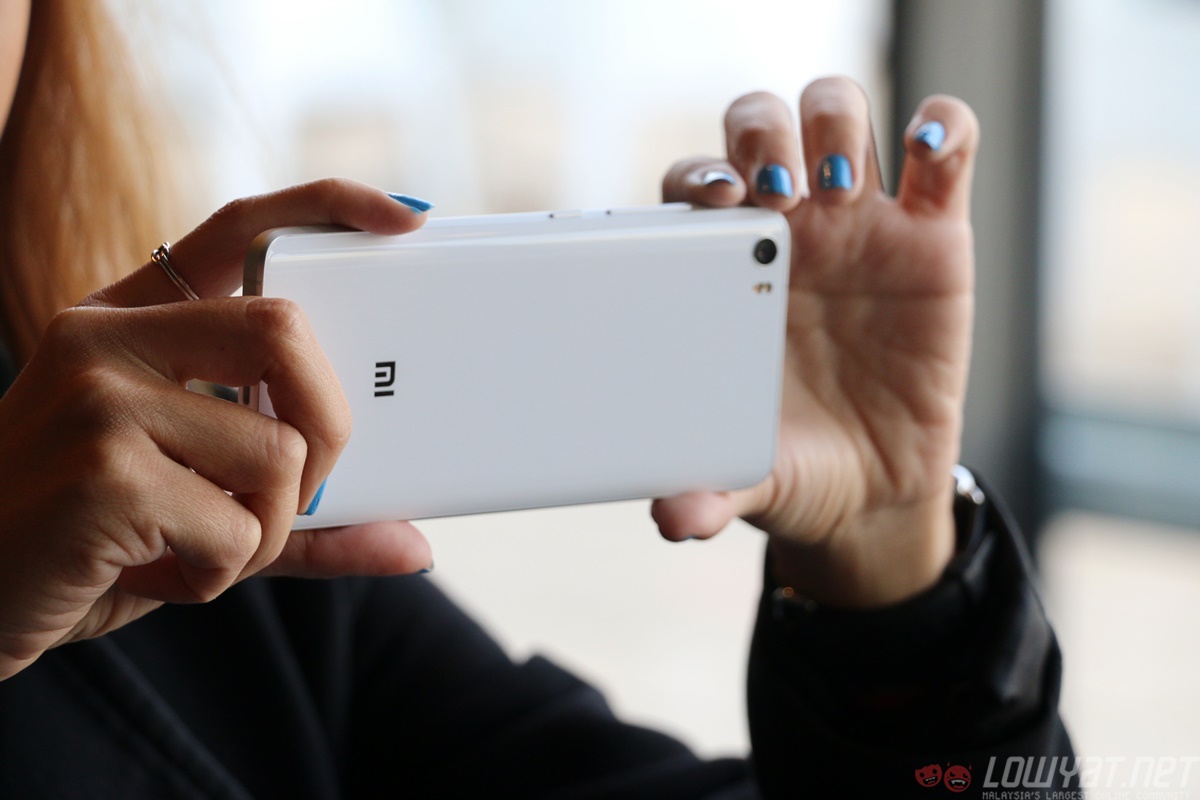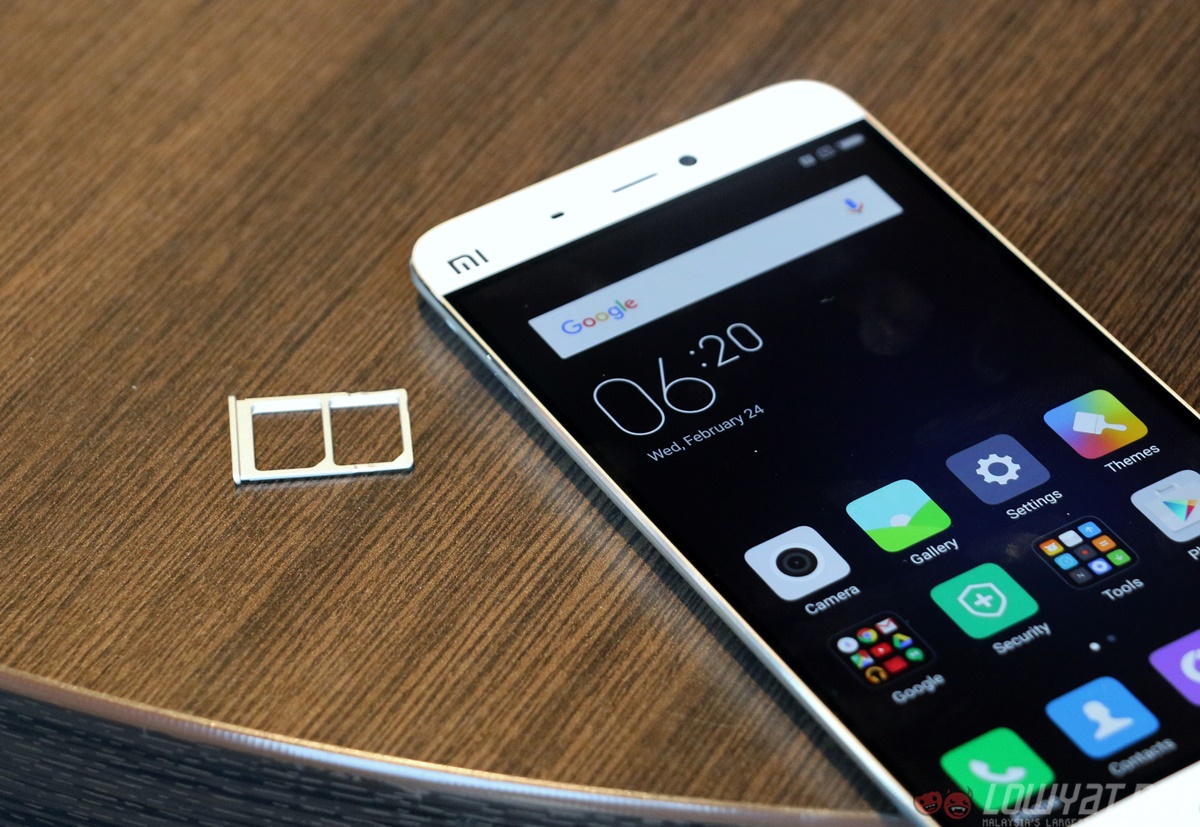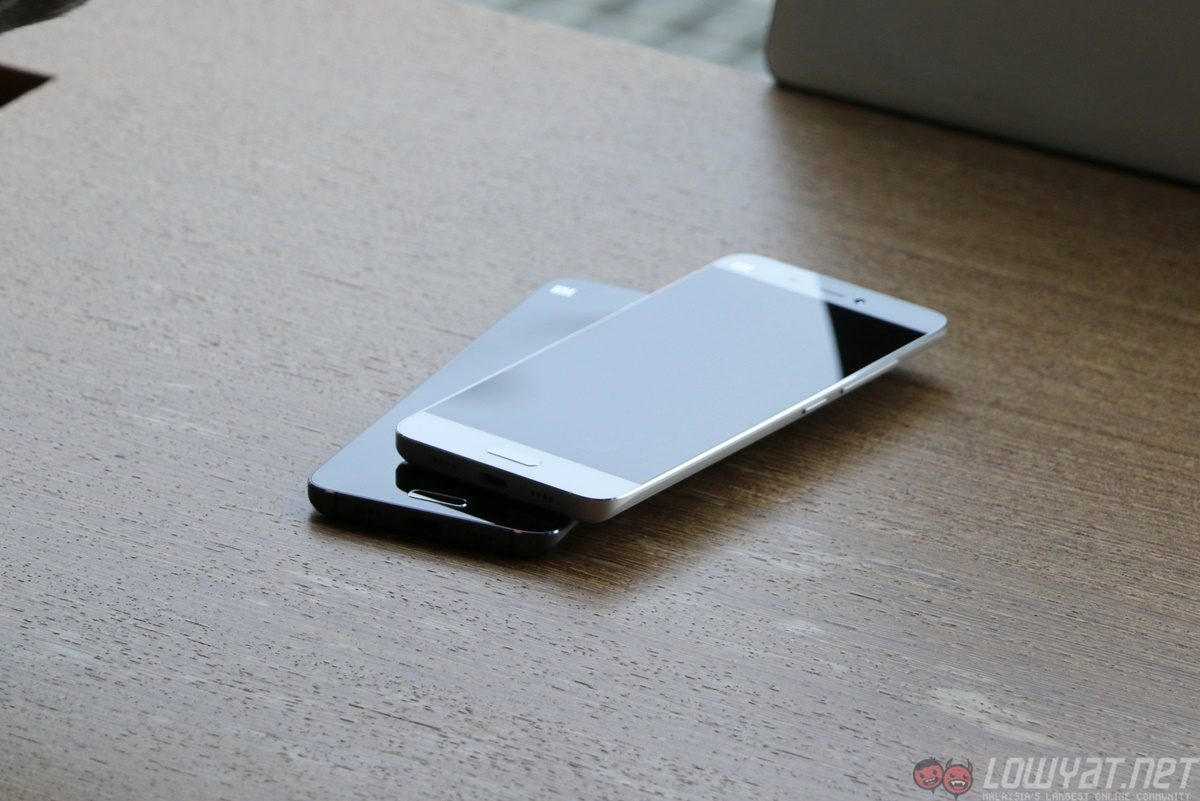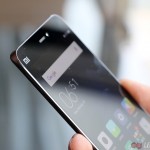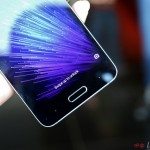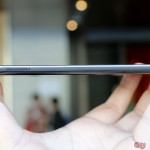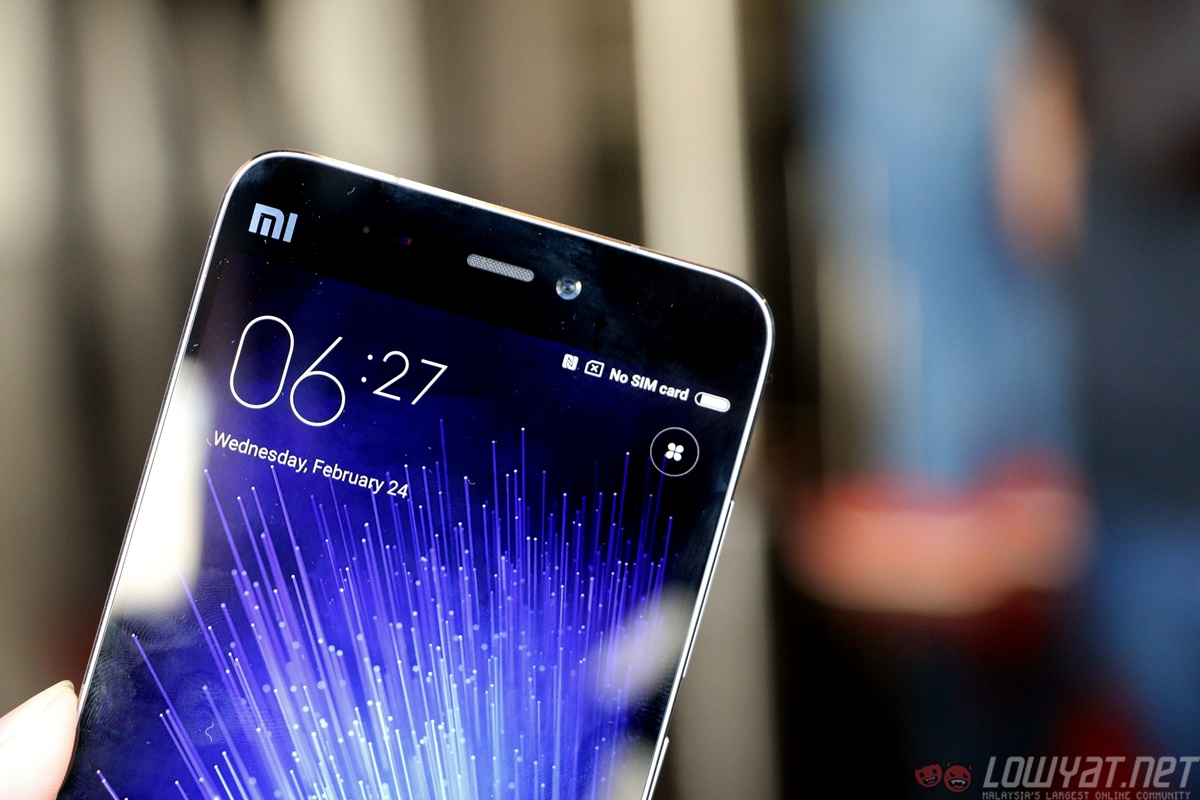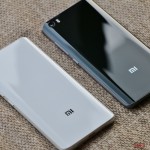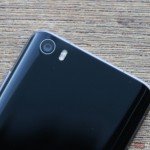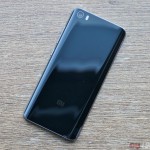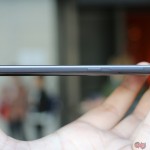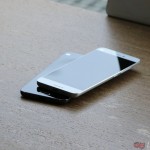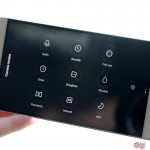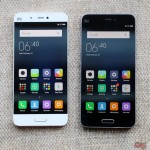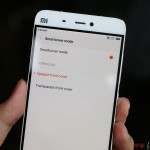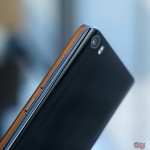Despite the low-key launch event for MWC standards, the same can’t be said of the Xiaomi Mi 5. This smartphone is easily the best Mi phone to date, and is arguably one of the best smartphones we’ve seen so far at MWC 2016.
The Chinese company’s wisest decision at MWC 2016 may have been to delay the announcement of the Mi 5 three days after every major launch has taken place – members of the global media could focus on just the Mi 5 instead of planning their travels to hop from one launch event to the other.
Thankfully, the Mi 5 gave everyone a compelling reason to wait. Its design is both familiar and exciting; it is very similar to the Mi Note, but beautifully refined.
The curved back now extends to the metal unibody frame, giving the Mi 5 a look that’s unlike any smartphone we’ve seen up close. It’s also delightfully comfortable to hold in the hands.
Bucking the trend among Chinese smartphones, the Mi 5’s fingerprint sensor is located at the front, under a new home button. It is narrower than that one the Samsung Galaxy phones, giving a larger screen-to-body ratio. This means the phone can be a lot more compact for easier navigation with one hand.
That said, some may not like the glass back cover. It catches fingerprints and dust specks really easily, with the Black variant making it painfully obvious. There is a Mi 5 Pro edition that comes with a ceramic 3D back cover that’s tougher than glass, but it is still a fingerprint magnet. That said, the White colour variant hides these very effectively.
As a device powered by Qualcomm’s Snapdragon 820, the Mi 5 is unsurprisingly fast. The company proudly claims that the Antutu scores for the Mi 5 passed the 142,000 mark; there’ll definitely not be any performance issues here.
The Mi 5 runs on MIUI 7 based on Android 6.0 Marshmallow, but there are no additional features compared to MIUI based on Lollipop. There will be the new VTalk video calling app pre-installed, but that’s about it.
Xiaomi is also introducing UFS 2.0 storage on the Mi 5. It’s a similar technology found on the Samsung Galaxy S6 and S7, and features vastly improved read/write speeds compared to eMMC 5.0, which is the storage standard commonly found in today’s smartphones.
That is perhaps another reason for Xiaomi to not include a microSD card slot on the Mi 5. That said, minimum internal storage is now 32GB, with a 64GB and a 128GB Pro variant available.
NFC also makes a return to the Mi 5. It was absent on the Mi 4 and Mi Note, but Xiaomi has reinstated “full-featured” NFC on the Mi 5. This offers a load of new features designed for NFC, which of course includes tap-to-pay.
The design is further enhanced by the device’s beautiful display with “ultra-thin” bezels. That near-borderless look and high screen-to-body ratio makes it look as if the Mi 5 has a curved-display.
On top of that, the Mi 5 display brightness hits a maximum of 600 nits, up to twice the brightness of standard displays. This is done by the introduction of 16 LEDs around the display, four more than normal displays. It is for this reason also that Xiaomi increased the display size from the 5 inches on the Mi 4 to 5.15 inches on the Mi 5.
Despite being only a 5.15-inch Full HD display, the viewing angles are excellent, and the company’s Sunlight Display technology and Negative Contrast mode improve the viewing experience in virtually all lighting conditions.
The camera has been enhanced as well. The Mi 5 uses a Sony IMX 298 16MP sensor with phase detection autofocus and sapphire glass lens. Just as significant is the addition of a new, four-axis OIS module that’s capable of smoothing out lateral (side-to-side) movements. In comparison, the iPhone 6s Plus “only” features a two-axis OIS system.

In quick tests at the experience zone, the camera not only launches quickly, the AF lock is also almost instantaneous. The speed is very impressive, and in my rather amateur attempts at recreating the OIS test in the video above, I found that you can actually see the camera sensor moving ever so slightly to compensate for the shake.
Unfortunately, while the hardware is finalised and already in mass production, the software is not. We’re told that the software that runs on the Mi 5 units at the experience zone is still not complete, and we found some issues while in the camera app where it would hang after taking a photo.
For that reason, we did not take any image samples using the Mi 5.
Despite the short time spent with the device (and the fact that the Pro version was not to be found), the Mi 5 is easily one of the best smartphones on display at MWC 2016. The Mi Note proved that Xiaomi could make elegantly designed devices, and the Mi 5 continues to impress neutrals and excite its fans.
The only question remains: will we see it launched in Malaysia anytime soon?
Follow us on Instagram, Facebook, Twitter or Telegram for more updates and breaking news.

